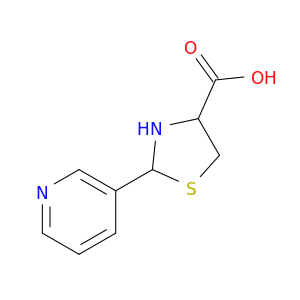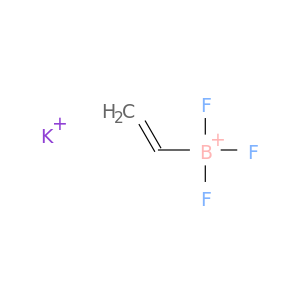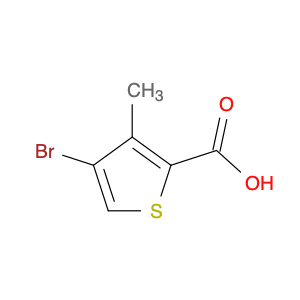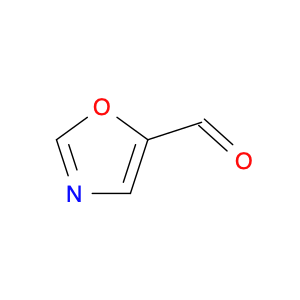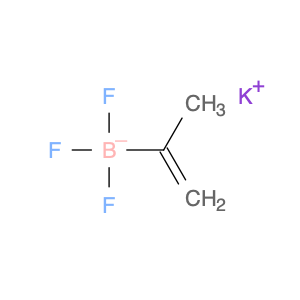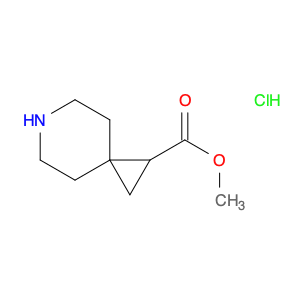2-(Pyridin-3-yl)thiazolidine-4-carboxylic acid is a versatile compound that finds wide applications in chemical synthesis. As a key building block in organic chemistry, this compound serves as a valuable precursor for the synthesis of various pharmaceuticals, agrochemicals, and materials. Its unique structure, combining a pyridine ring and a thiazolidine moiety, imparts specific reactivity that makes it highly desirable in the preparation of complex molecules.In chemical synthesis, 2-(Pyridin-3-yl)thiazolidine-4-carboxylic acid acts as a functional group manipulator, allowing for the introduction of specific functionalities at precise positions within a molecule. Its presence enables the formation of heterocyclic systems, which are a common motif in bioactive compounds. By serving as a scaffold for molecular construction, this compound facilitates the design and development of novel chemical entities with targeted properties.Additionally, the conjugation of 2-(Pyridin-3-yl)thiazolidine-4-carboxylic acid with other functional groups enables the creation of hybrid molecules with enhanced biological activities or improved chemical properties. Through controlled derivatization and functionalization strategies, chemists can harness the synthetic potential of this compound to access a diverse array of molecular architectures for various applications.Overall, 2-(Pyridin-3-yl)thiazolidine-4-carboxylic acid plays a crucial role in advancing the field of chemical synthesis by serving as a valuable building block for the creation of structurally intricate and functionally diverse compounds. Its strategic incorporation in synthetic routes enables the efficient preparation of target molecules with tailored properties, making it an indispensable tool for organic chemists in their quest to develop new materials and bioactive substances.
 sales@aaronchem.com
sales@aaronchem.com
